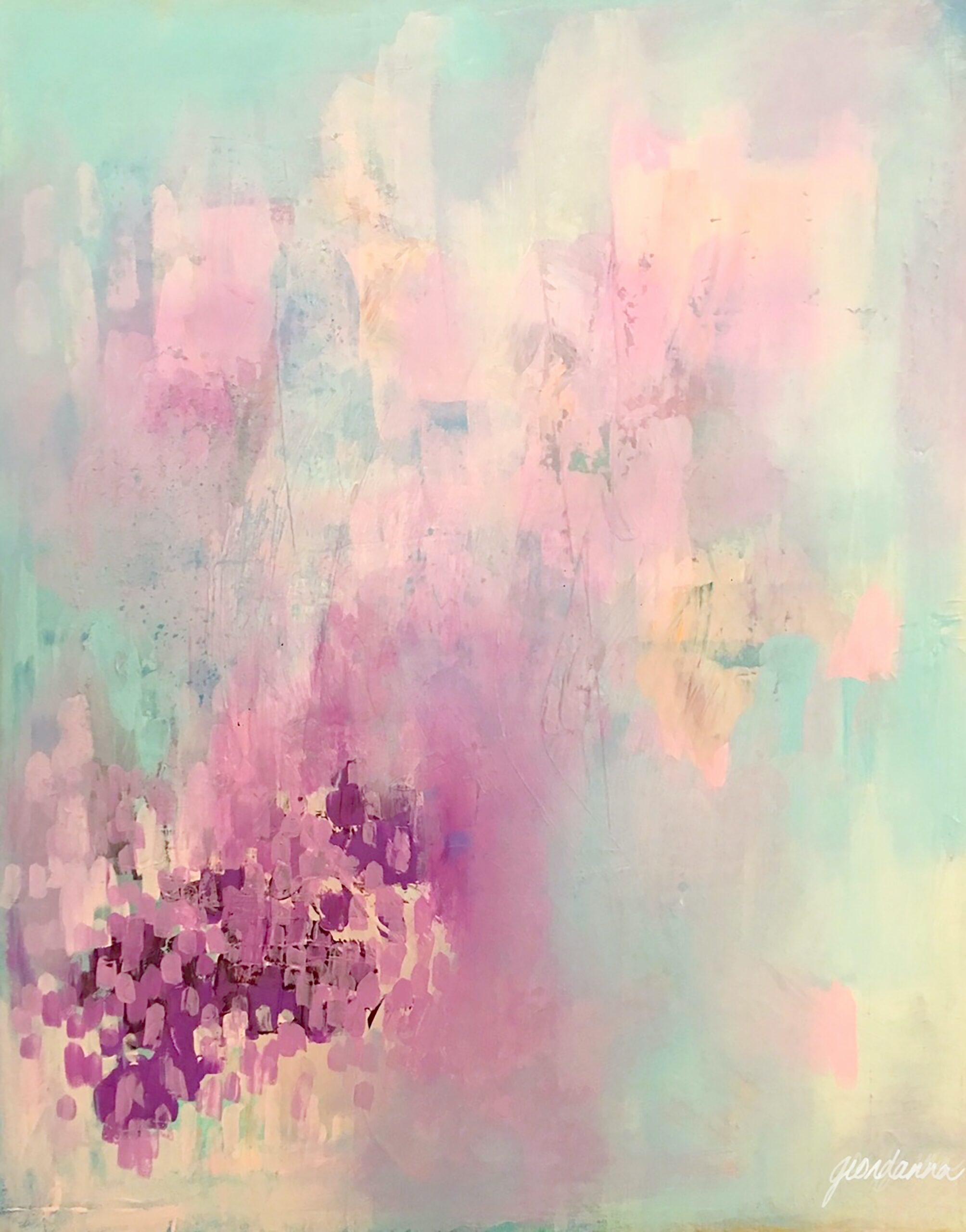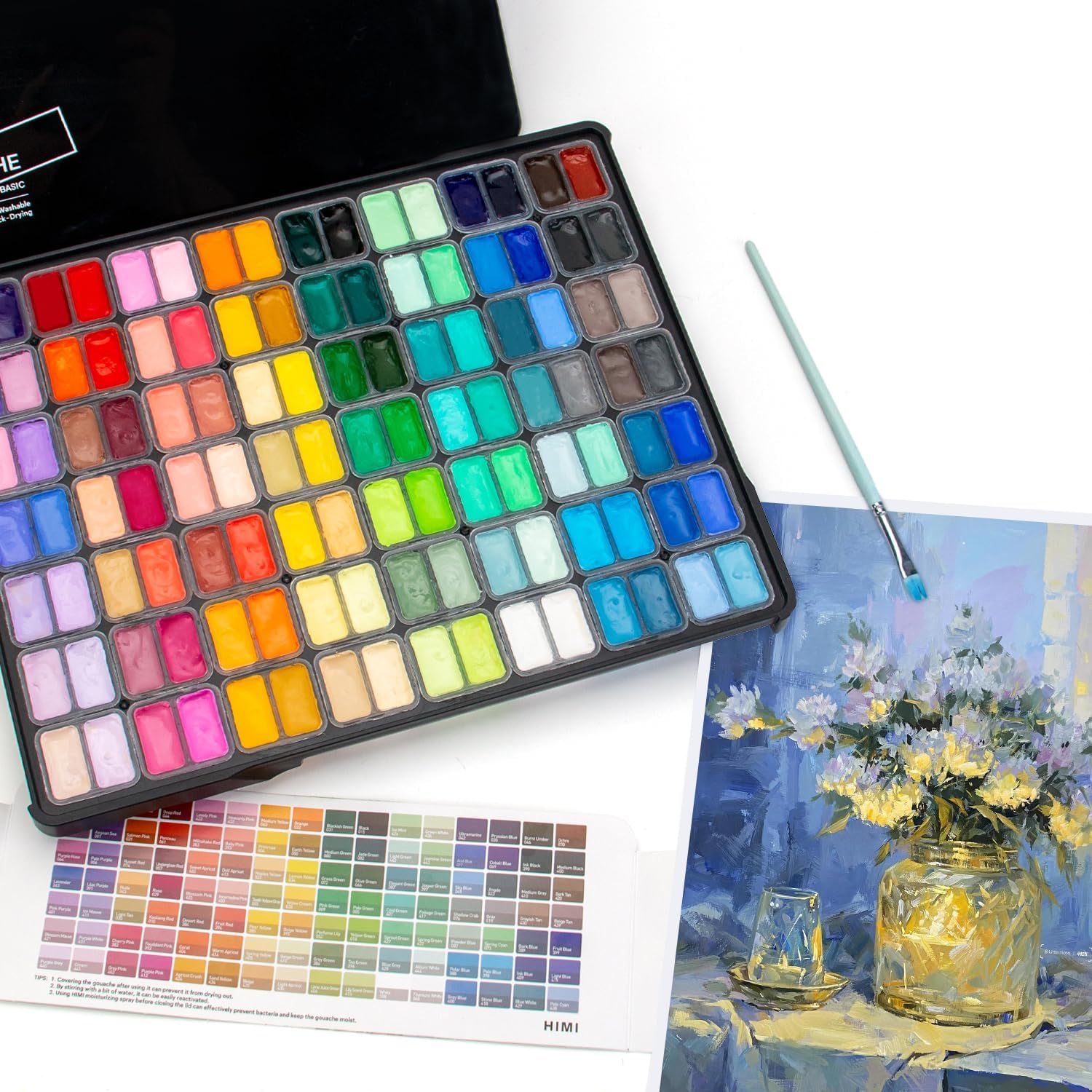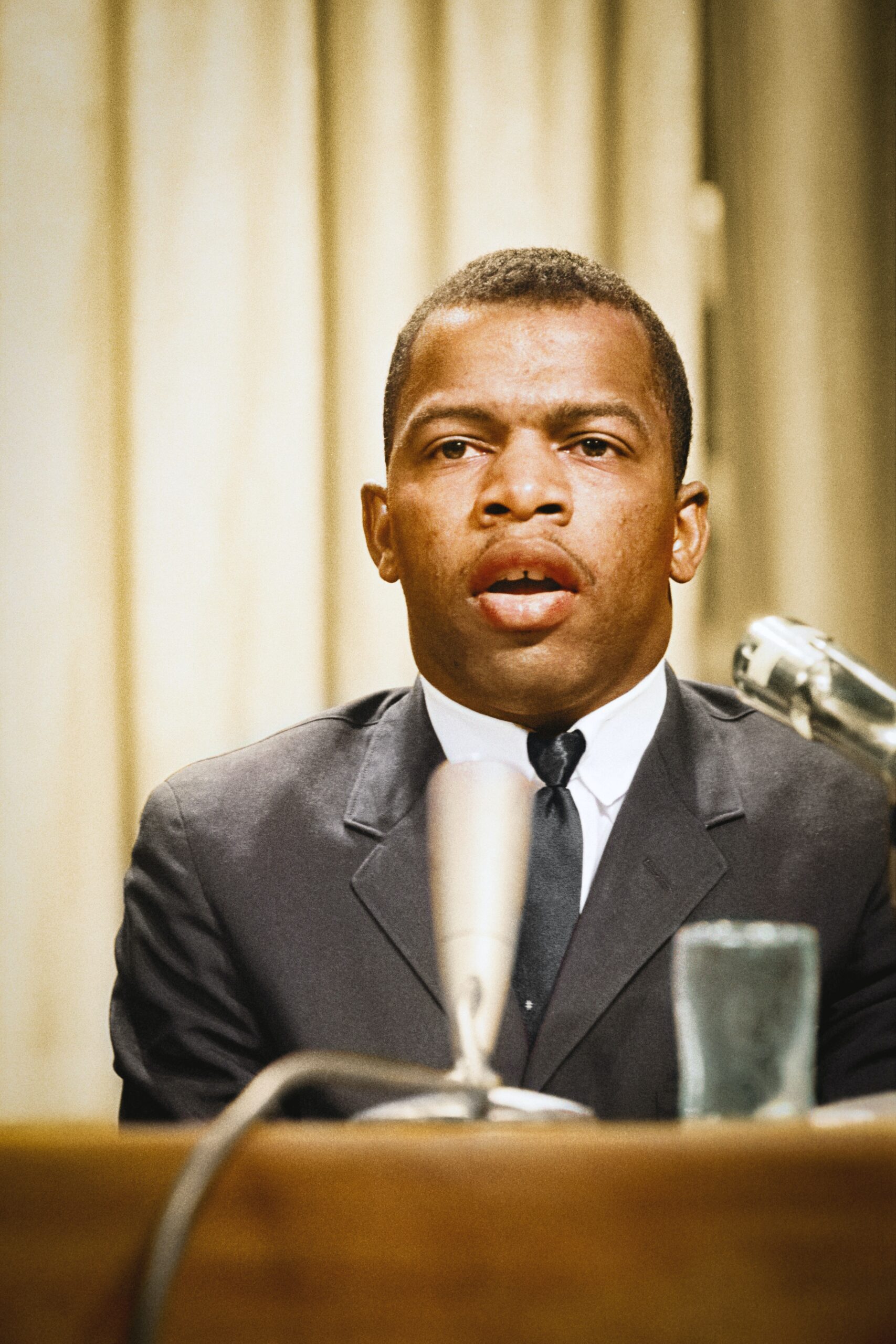Gouache paint, a versatile medium used by artists, often raises questions about its compatibility with water. Many artists wonder whether it is possible to add water to gouache paint and still achieve desired results. In this informative article, we will explore the topic of Adding water to gouache paint, examining the potential impact on the paint’s texture, opacity, and overall quality. By understanding the effects of water on gouache paint, you will be equipped with the knowledge to make informed choices in your artistic endeavors.
Can You Add Water to Gouache Paint
Gouache paint is a popular choice among artists due to its vibrant and opaque qualities. However, artists often wonder if it is possible to add water to gouache paint to alter its consistency and achieve different effects. In this article, we will explore the various aspects of adding water to gouache paint, including the benefits, considerations, steps, effects, and alternatives.
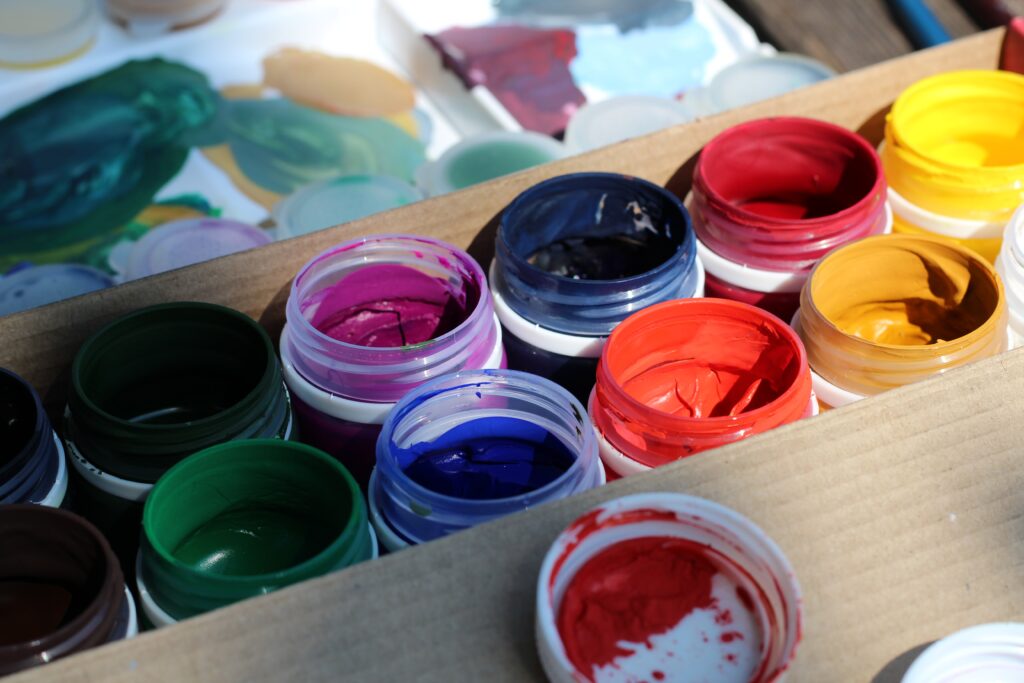
This image is property of images.unsplash.com.
Understanding Gouache Paint
Before diving into the topic of adding water to gouache paint, it is essential to understand the characteristics and composition of gouache. gouache is a type of paint that consists of pigment, a binder (usually gum arabic), and water. It has a high concentration of pigment, which gives it its vibrant and opaque nature.
Benefits of Adding Water to Gouache Paint
Adding water to gouache paint can offer several benefits to artists. Firstly, it improves the consistency and flow of the paint, making it easier to apply and manipulate. Secondly, it enhances the transparency of gouache, allowing for delicate washes and layering techniques. Lastly, water can extend the drying time of gouache, providing artists with more time to work on their paintings.
Considerations Before Adding Water to Gouache Paint
While adding water to gouache paint can be advantageous, there are a few considerations artists should keep in mind. The quality of the gouache paint plays a crucial role in how it responds to water. Lower-quality gouache paints may not react well to water, resulting in undesirable effects. Additionally, different brands and varieties of gouache may have varying responses to water, so it is essential to familiarize yourself with the specific properties of the gouache you are using. The desired effect, the surface or substrate you are working on, and the level of transparency you want to achieve are also factors to consider before adding water to gouache paint.
Steps to Adding Water to Gouache Paint
To add water to gouache paint effectively, there are a few steps you can follow. Start by preparing your materials, including a water container and a clean mixing palette. Gradually mix small amounts of water into the gouache, using a palette knife or a brush. It is crucial to add water slowly to control the consistency and prevent the paint from becoming too diluted. After each addition of water, test the consistency by applying a small amount of the mixture to your chosen surface. If the consistency is too thick, gradually add more water until you achieve the desired result. Remember to mix thoroughly to ensure an even distribution of water throughout the paint.

This image is property of images.unsplash.com.
Effects of Water on Gouache Paint
Adding water to gouache paint can have various effects on its properties. Firstly, it will thin the paint, making it more transparent and diluting its opacity. The amount of water you add will directly impact the color intensity of the paint. Adding more water will result in a lighter and more subdued color, while less water will maintain the paint’s vibrancy. Water also affects the drying time of gouache, extending it to allow for additional manipulation and blending. Additionally, water can impact the ease of layering and blending colors, providing artists with more control over the final result.
How Much Water to Add to Gouache Paint
Determining the ideal amount of water to add to gouache paint can be subjective and dependent on the desired effect. As a general guideline, start by adding small amounts of water and gradually increase as needed. An observational approach is also helpful, where you observe the paint’s consistency and adjust accordingly based on your preference. Additionally, different techniques, such as wet-on-wet or wet-on-dry, may require varying amounts of water to achieve the desired effects.
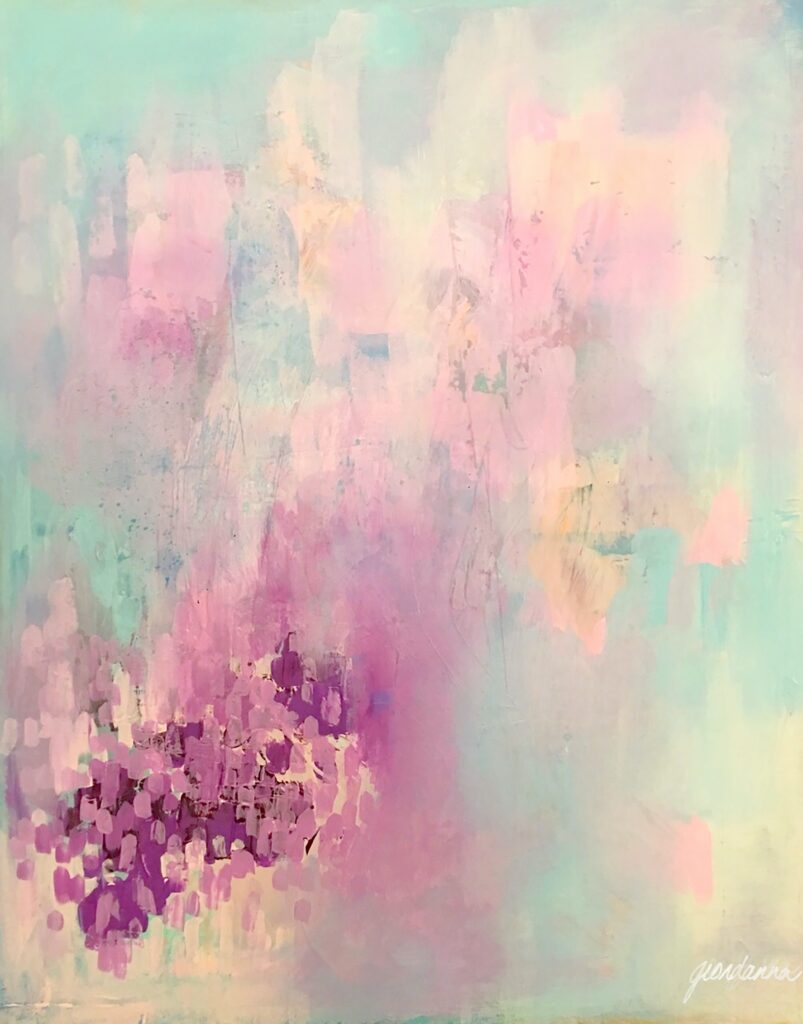
This image is property of images.unsplash.com.
Mixing Gouache Paint with Water-Based Mediums
In addition to water, artists can experiment with mixing gouache paint with water-based mediums to achieve unique effects. Watercolor mediums, such as gum arabic or ox gall, can be added to gouache paint to improve flow and increase transparency. Acrylic mediums, such as glazing liquid or matte medium, can also be mixed with gouache to enhance its adhesive properties and alter the drying time. It is essential to experiment with different combinations and ratios to find the desired outcome.
Potential Issues and Solutions
When adding water to gouache paint, artists may encounter a few potential issues. Immediate reactivation, where water reactivates dried layers of paint, can occur if excessive water is added to the mixture. To prevent this, ensure that the paint is thoroughly mixed before applying additional water. Color separation or streaking can also happen if the gouache and water are not mixed thoroughly. Taking the time to mix the paint properly and test the consistency can help avoid these issues. Additionally, certain surfaces or substrates may react differently to water, causing problems such as warping or uneven drying. It is recommended to test the watered-down gouache on a small section before applying it to the entire surface.

Tips for Using Water with Gouache Paint
To achieve the best results when adding water to gouache paint, here are a few tips to keep in mind. Firstly, always use clean water to prevent contamination of the paint. Secondly, mix the water and gouache thoroughly to ensure an even consistency. When testing the consistency, apply the mixture to a similar surface as your artwork to see how it behaves. Lastly, be aware of the drying time when working with watered-down gouache, as it may take longer to dry compared to standard gouache.
Alternatives to Using Water with Gouache Paint
While water is a common choice for thinning gouache paint, there are alternatives available for artists seeking different effects. Gouache retarder is a medium specifically designed to extend the drying time of gouache while maintaining its consistency and opacity. Gouache mediums, such as gel mediums, can also be used to alter the properties of gouache paint without relying solely on water. Additionally, there are non-water-based alternatives, such as acrylic glazing liquids or fluid mediums, that can be mixed with gouache to achieve unique effects.
In conclusion, adding water to gouache paint can be a useful technique for artists seeking to alter the consistency and achieve different effects. By understanding the benefits, considerations, steps, effects, and alternatives, artists can confidently experiment and incorporate water into their gouache painting process. Remember to start with small amounts of water, gradually increase as needed, and carefully observe the paint’s behavior to achieve the desired outcome.

